Filbert Applesauce Cake
“We all have hometown appetites. Every other person is a bundle of longing for the simplicities of good taste once enjoyed on the farm or in the hometown [he or she] left behind.”
Clementine Paddleford
Clementine Paddleford was a prolific food writer in the mid-20th century. She was best known as the food editor for This Week magazine, a weekly semi-glossy publication that was distributed to newspaper subscribers in the Sunday edition. It was a forerunner to Parade. When she was in her heyday, I was playing with Lionel trains, the clarinet, a camera and still cutting my culinary teeth on cake mixes and brownies from scratch.
After perusing her encyclopedic tome, How America Eats, I would call her a food anthropologist as well. This book came to my attention in a Saveur article some years back, and when I spied a gently worn copy in a used book store, I immediately grabbed it.
One of the things that endears her to me is her clever word usage. The Saveur article offered the following examples:
“Along the way, Paddleford likely coined the phrase ‘regional American cooking’. And, old as her columns are, they ring true today. Of New England, she wrote, ‘[The] dishes are as devoid of fuss and feathers as a Puritan’s hat.’ Of Manhattan: ‘…you can eat around the clock, around the calendar…around the world, and sometimes almost out of this world.’ Of Florida: ‘…things are grown, caught, and raised like nowhere else. Not only fish—it’s a coconut, pineapple, banana country.'”
Saveur
Ms. Paddleford made two stops in Tigard, Oregon, one of Portland’s gateways to wine-rich Yamhill County, where she wrote these delicious phrases:
“Portland was home base for several weeks while I made side trips here and there around the state and went visiting in the country. I was in Tigard, ten miles out of the city, I spent a day in Nana’s kitchen, a kitchen that laughs out loud. The blue shelves wear laughing calico ruffles in gay red and yellow — little kick-skirts decorously jubilant. Blue dishes, yellow dishes in the open cupboard. Painted woodenware on the walls. Here was a bit of Old Sweden in the Northwest.”
Later
“Again Tigard, Oregon, where the purple plum trees went marching up Bull Mountain in blue-green columns. Hot the sun, the wind was still; a scent-quiet morning. Ripe plums lay in purple masses under the trees.”
Clementine Paddleford in How America Eats
Since beginning The Taste of Oregon, I have been visited by urges to write about foods and recipes that one doesn’t think of as identifiable with Oregon or, even more loosely, the Pacific Northwest. The quote that I chose to begin this piece reaffirms my choice to include foods not readily perceived as Oregonian but enjoyed here nonetheless.
Oregonians include, in addition to the native Oregonians, people from all over the US and beyond, and all yearn for the comfort and nourishment from the place of their origin. Are baklava, gumbo, fried chicken, vichyssoise and key lime pie easy to find in Oregon? You bet they are! The people of Oregon embrace many styles of cooking to showcase our state’s indigenous abundance.
When Ms. Paddleford was writing, some family farms still existed although they were lingering on in a delicate way. Today, thankfully, as the American palate has matured and become more sophisticated, small farms are showing a resurgence.
Alice Waters opened our eyes about the wisdom of fresh, local and organic food, and we are reaping the results. More and more people are showing their passion for quality over quantity.
Filbert Applesauce Cake with Apple Brandy Hard Sauce
Adapted from a recipe in How America Eats, by Clementine Paddleford
During her stay in Northern Oregon, Ms. Paddleford visited the Rosa B. Connell hazelnut ranch and was gifted with this recipe. I have substituted butter for the shortening.
This moist and mildly spicy cake is full of hazelnut flavor and rich from the fruits.
- 1/2 cup (120 ml.) butter, unsalted
- 1 cup (240 ml.) sugar
- 1 large egg, beaten
- 1 teaspoon (5 ml.) vanilla
- 1 cup (240 ml.) cooked prunes, finely chopped*
- 1 1/2 cups (360 ml.) applesauce
- 1 cup (240 ml.) raisins
- 1 cup (240 ml.) filberts (hazelnuts) toasted and finely chopped
- 1/2 teaspoon (2.5 ml) cinnamon
- 1/2 teaspoon (2.5 ml) ground cloves
- 2 cups (480 ml. ) sifted flour (Sifted first, then measured)
- 2 teaspoons (10 ml.) baking soda
* I’m not sure what the texture of dried prunes was in the 1940s, but mine from a natural food store were soft and moist so I chopped and used “as is,” without cooking them. Depending on your prunes, use your best judgment regarding cooking or not.
- Preheat oven to 350°F (176°C).
- Cream the butter and the sugar, then beat in the egg.
- Stir in the vanilla.
- Add the chopped prunes, applesauce, raisins, nuts, spices and mix well.
- Sift together the flour and baking soda, add to the mixture, stirring to mix well.
- Pour into a buttered and floured 10½ x 5½ x 3-inch loaf pan.
- Bake at 350° F (176°C) for 1 hour.
Serve slices with Apple Brandy Hard Sauce
Apple Brandy Hard Sauce
- 1/2 cup (120 ml.) unsalted butter at room temperature
- 1 1/2 cup (360 ml.) confectioners’ sugar
- 1 teaspoon (5 ml.) apple brandy or calvados (Clear Creek Distillery in Portland, Oregon make one of the best. Vanilla can be substituted for the brandy.)
- Cream the butter and confectioners’ sugar.
- Mix in the brandy or vanilla.
Bon appétit
— Charles
Category: Desserts
About the Author (Author Profile)
Music, food and photography are at the center of Charles’ life. He performed with the Dallas Symphony, Dallas Opera and was assistant principal bassoonist with the Fort Worth Symphony for more than 20 years. When Charles and Victor moved to Baltimore, Charles created Lone Star Personal Chef and Catering Service and taught cooking classes at Williams-Sonoma. Now in Salem, Charles is a Realtor with Coldwell Banker Mountain West Real Estate, taught cooking classes for children at the A.C. Gilbert Discovery Village, and owns and operates Charles Price Photography. Charles and Vic enjoy entertaining and frequently host dinners as fundraisers for local non-profits and charities






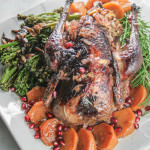
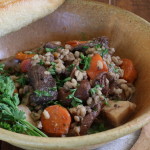
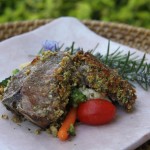

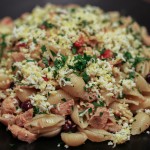
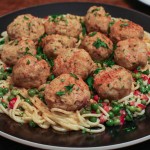
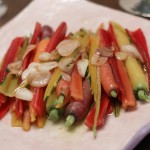
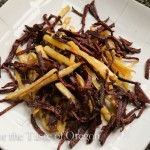
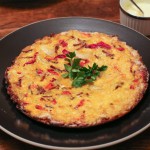
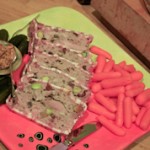
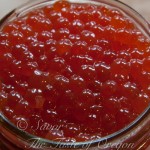
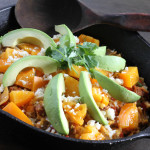
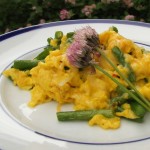
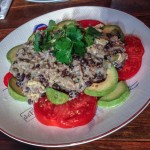
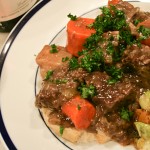
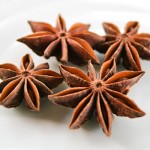
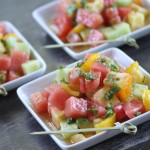
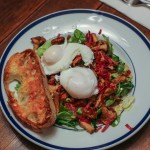
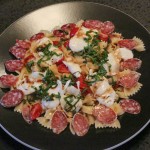
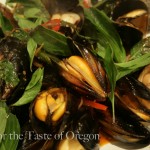
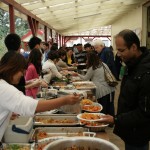
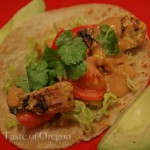
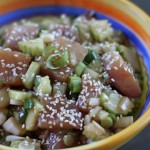
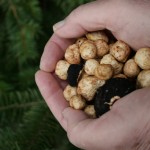
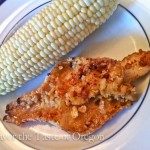
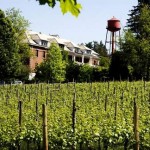
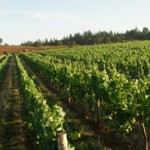
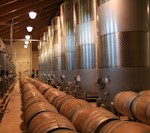
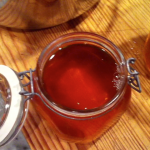
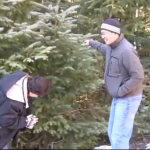

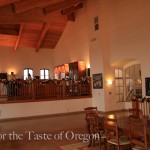
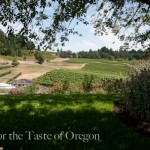
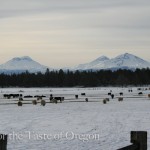
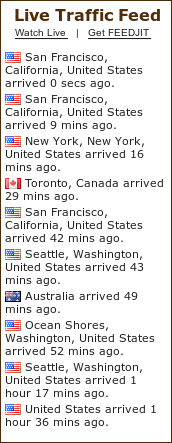

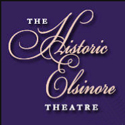


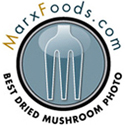
What a beautiful cake. My Aunt always referred to hazelnuts as filberts, so this reminds me of her. I love stopping off at the farmer stands here in McMinnville and picking up roasted hazelnuts, still warm and eating them as a snack before heading off to whereever I’m going. I’ll definitely be making this one.
Thanks Cathy (Noble Pig) I would like to know where you find fresh roasted hazelnuts and do they offer them year round?